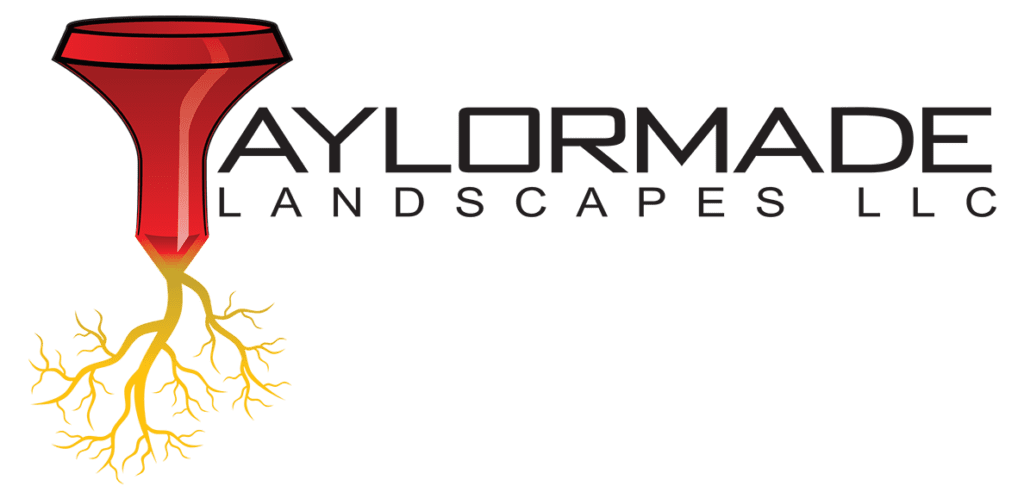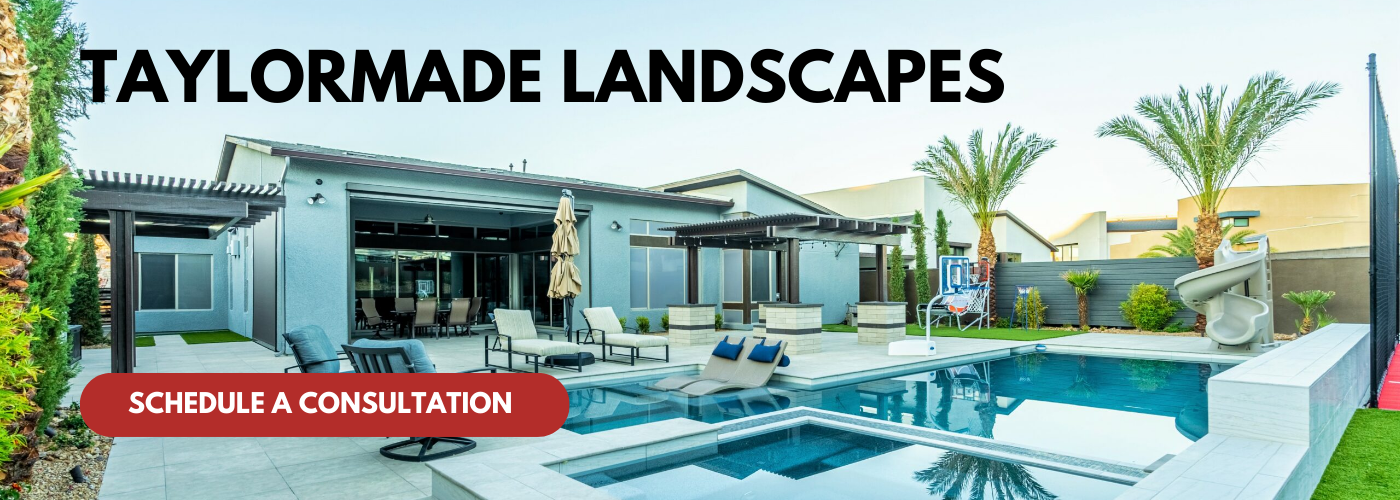As homeowners increasingly seek to create outdoor spaces that reflect their personal style and enhance the aesthetic appeal of their properties, the integration of hardscaping into landscape design has become a pivotal focus for landscape architects and DIY enthusiasts alike. In 2025, the importance of designing hardscape elements—such as patios, pathways, retaining walls, and outdoor kitchens—in a way that complements a home’s architectural style cannot be overstated. A well-thought-out hardscape not only defines the functionality of outdoor areas but also serves as a bridge between the built environment and nature, accentuating a property’s overall character and charm.
The fusion of hardscape design with home architecture requires a keen understanding of both the structural elements and the surrounding landscape. Home designs in 2025 reflect a variety of trends, from minimalist and modern aesthetics to rustic and traditional styles. With an ever-evolving palette of materials and innovative design techniques, homeowners must carefully select features that harmonize with their residence. Whether it’s the choice of natural stone to echo a mountain lodge, sleek concrete to mirror a contemporary masterpiece, or wood features paying homage to a classic Craftsman home, thoughtful integration can elevate the outdoor experience while enhancing the property’s curb appeal.
In this context, effective hardscaping means more than just aesthetic appeal; it also encompasses functionality and sustainability. As environmental consciousness grows, elements like permeable paving, eco-friendly materials, and native plant integration are becoming essential in design considerations. In this article, we will explore practical strategies and creative inspiration for designing a hardscape that seamlessly complements your home’s architecture in 2025, ensuring that your outdoor spaces are not only visually stunning but also sustainable and functional for years to come. Create a perfect balance between built and unbuilt environments that tells your unique story while inviting nature’s beauty into your everyday life.
Understanding Architectural Styles
Understanding architectural styles is crucial when designing a hardscape that complements your home’s architecture, especially in the context of modern styles prevalent in 2025. Architectural styles encompass the aesthetics, materials, and construction methods characteristic of different periods and movements. By gaining a deep understanding of these styles, you can create a cohesive look that enhances the visual appeal of your property and aligns with current architectural trends.
In recent years, there has been a notable shift towards sustainable and minimalist designs. For instance, contemporary architectural styles often emphasize clean lines, open spaces, and the integration of natural light. As such, a hardscape that complements this approach might prioritize materials that are eco-friendly and sustainable, like permeable pavers or reclaimed wood, which can seamlessly blend into the modern home while reducing environmental impact. Understanding the architectural style of your home is also about recognizing the details, such as the rooflines, window styles, and exterior materials, and then reflecting these features in the hardscape.
In 2025, the importance of outdoor living spaces cannot be overstated, as homeowners seek to maximize their enjoyment of their properties. A hardscape design that effectively extends your home’s architecture into the outdoor area may include elements such as patios, walkways, and outdoor kitchens that echo the lines and stylistic features of the home. For instance, if your house features angular lines and a metal exterior, you might consider incorporating sharp, angular stone pathways or metal accents into your hardscape.
Moreover, analyzing the scale and proportion of your home relative to the hardscape you choose is essential. A sprawling modern farmhouse might require expansive stone terraces and wide pathways, while a chic urban townhouse would benefit from loftier vertical features like trellises or vertically-oriented planters that draw the eye upwards. Ultimately, the key to a successful hardscape design lies in the thoughtful articulation of space, proportion, and style, all while considering the evolving trends of 2025. This attention to detail will ensure that your outdoor areas enhance your home’s architectural story, making it harmonious and inviting.
Material Selection
Designing a hardscape that complements your home’s architecture in 2025 starts with thoughtful material selection. The materials you choose will not only influence the aesthetic appeal of your outdoor space, but will also play a crucial role in how harmonious and cohesive your hardscape appears in relation to your home. In recent years, designers have embraced a move towards sustainable and locally sourced materials, which can introduce both character and environmentally friendly considerations into your design.
To begin, it is essential to analyze the architectural style of your home. For instance, if you have a modern home with clean lines and minimalistic features, materials such as concrete, steel, or tempered glass may work well to reflect that contemporary aesthetic. On the other hand, a more traditional home might be complemented by the warmth of brick, natural stone, or paver stones that evoke a sense of history and craftsmanship. In 2025, incorporating innovative materials—like recycled composites, permeable pavers for sustainability, or natural stone alternatives—can also offer unique options to reflect modern sensibilities without sacrificing style.
When selecting materials, consider their texture and finish as well. A smooth, polished surface may enhance a sleek architectural style, while rustic finishes can better suit traditional or farmhouse designs. The key is to strive for a balance that ties in with your home’s features; for instance, using flagstone walkways alongside a wooden deck can create a cohesive feel for a craftsman-style home. Furthermore, contemplate the durability and maintenance needs of your chosen materials. Selecting high-quality, weather-resistant materials can enhance longevity and reduce future upkeep, ensuring your hardscape maintains its beauty year after year.
Lastly, don’t forget about the integration of color. The colors of your hardscape materials should harmonize with your home’s exterior, tying together the entire design. Shades that complement your home’s existing palette can help to create a seamless transition between indoor and outdoor spaces. By addressing material selection holistically—focusing on style, texture, durability, and color—you can design a hardscape that not only enhances the architectural beauty of your home but also stands the test of time, perfectly fitting the aesthetics of 2025 and beyond.
Color Palette Coordination
Color palette coordination is a pivotal aspect of hardscape design that ensures your outdoor spaces complement your home’s architecture. As architectural styles evolve, so do the trends in color palettes. In 2025, the approach to color coordination will likely prioritize harmony and balance, reflecting both natural elements and the existing architectural features of your home. The key is to create a coherent visual flow that ties the hardscape into the overall aesthetic of your property.
When designing your hardscape, take cues from your home’s color scheme. Analyzing the hues and tones already present in your building’s façade will help you choose the right shades for your outdoor elements—patios, pathways, retaining walls, and more. Neutral colors can enhance architectural details, while vibrant accents can add visual interest and a pop of personality. For instance, if your home features earthy tones, opting for warm browns and soft greens in your hardscape materials can strengthen this connection. Alternatively, a more modern residence with sleek lines may benefit from a monochromatic palette with bold contrasts to create visual drama without overwhelming the existing structure.
In 2025, sustainable and eco-friendly materials will increasingly influence color choices as well. Reclaimed stone, permeable pavers, and eco-friendly concrete are becoming popular for both their durability and their ability to seamlessly blend with natural surroundings. Choosing materials in subtle earthy tones or more natural colors will not only align with sustainability principles but can also work to tie the hardscape back to the architecture and landscape.
Moreover, consider how lighting will interact with your color choices during different times of the day. Properly placed outdoor lighting can transform the appearance of colors at night, enhancing textures and bringing forth subtle shades you might not notice during the daytime. Creating a cohesive aesthetic means thinking beyond just surface-level colors; it’s about how they work together in harmony from all angles, throughout the day, and across seasons.
In summary, to design a hardscape that complements your home’s architecture in 2025, focus on a well-thought-out color palette that reflects both the architecture of the house and the environment. By harmonizing color schemes, utilizing sustainable materials, and being mindful of lighting, you can create an outdoor space that is as visually appealing as it is functional.
Geometric Design and Layout
Geometric design and layout play a crucial role in hardscaping, particularly in how it complements the architecture of your home. A well-considered geometric layout engages not only with the physical dimensions of your space but also enhances the visual coherence between your home and its surroundings. In 2025, focusing on geometric patterns can lend a modern edge to your hardscape, creating spaces that are both functional and aesthetically pleasing.
When designing your hardscape, consider the architectural lines and shapes of your home. For instance, if your home has a contemporary style with clean lines and a minimalist approach, a hardscape featuring sharp angles and defined pathways can augur well with this design ethos. Conversely, a more traditional home might benefit from rounded edges and flowing designs that evoke a sense of continuity with its historical roots. The key is to analyze the existing geometry of your home and reflect that in your hardscape layout. Paths, patios, and seating areas can all be shaped in ways that either mirror or complement the facade of your house, creating a cohesive visual relationship between the two.
Incorporating elements such as raised beds, retaining walls, and terracing not only amplifies the geometric interest of your hardscape but can also provide functional advantages, particularly in managing water drainage or providing additional planting zones. Furthermore, using curves and angles thoughtfully can guide visitors through your outdoor space, leading the eye toward focal points—such as an entrance or a garden feature—that resonate with your home’s architectural style.
When it comes to color and material selection, geometric design can also play a supportive role. Using consistent shapes in your material choices—like rectangular pavers, square tiles, or rounded stones—can solidify the visual harmony between your hardscape and your home. In 2025, sustainability remains vital, so consider environmentally friendly materials that still adhere to your geometric vision. Finally, remember that balance is key; whether choosing bold patterns or more subdued designs, aim for a hardscape that enhances rather than competes with your home’s architecture. By achieving this balance, you create an outdoor space that feels intentional, inviting, and reflective of your personal design ethos.
Integration with Landscape Elements
Integrating hardscape elements with the surrounding landscape is crucial for creating a harmonious outdoor environment that complements your home’s architecture. In 2025, as design trends evolve, this integration becomes even more significant due to the growing emphasis on sustainability and biophilic design—fostering a connection between nature and the built environment. When planning your hardscape, consider how the materials, textures, and shapes you choose can enhance the existing natural landscape and accentuate your home’s architectural style.
To achieve an effective integration, it’s vital to start with a thorough analysis of your property’s topography and existing vegetation. Consider how the hardscape will interact with the natural features of your yard, such as slopes, trees, and gardens. For instance, if your home features a modern design with clean lines, complementing it with geometric stone pathways or minimalist concrete patios can enhance its aesthetics. Conversely, traditional homes with classical architectural details may benefit from more organic shapes in the hardscape, such as flagstone walkways that meander through a lush garden.
Moreover, incorporating landscape elements such as native plants, trees, and shrubs into your hardscape can further bridge the gap between the built environment and nature. Selecting plants that thrive in your local climate not only promotes biodiversity but also minimizes maintenance. For example, using permeable paving systems in your driveways or walkways can help manage rainwater runoff and provide a natural flow for plant growth along the edges. Additionally, integrating features like water elements or fire pits can create focal points that enhance the overall ambiance while ensuring they are aesthetically aligned with both the hardscape and the home itself.
In conclusion, the key to designing a hardscape that complements your home’s architecture lies in thoughtful planning and integration. By aligning your hardscape choices with the landscape and existing architectural features, you can create a cohesive outdoor space that is both functional and visually appealing. As we embrace 2025, focusing on sustainable, visually engaging designs will be essential in achieving a harmonious balance between the hardscape and the landscape, enriching your outdoor living experience.



